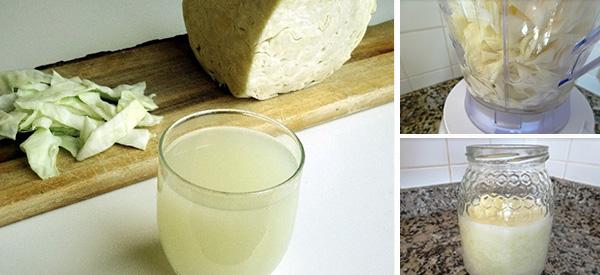
Cabbage Juice
Cabbage juice is a great drink because it’s not only nutritious but cabbage is usually one of the cheaper vegetables and readily available. There are a couple of ways that you can make cabbage juice: by fermenting it or preparing a fresh juice.
I’ll share the recipes after, but first, let’s look at why it’s good for you.
Medicinal Benefits Of Cabbage Juice
Cabbages are packed full of nutrients. Thought to have been used in Europe somewhere before 1000 BC, today they are grown in more than 90 countries across five continents. The most famous health condition they’re scientifically known for treating is ulcers. Human studies have even proved that cabbage juice can be a more effective remedy than conventional treatments.
Here are how they help ulcers and some of the other medical conditions they can prevent and/or treat:
- Digestive Ulcers – the amino acid called glutamine helps prevent and heal ulcers, as well as Vitamin C which can prevent and treat infections.
- Cholesterol – the phytosterols can reduce bad cholesterol by blocking its absorption.
- Neurodegenerative Disorders – thanks to anthocyanins and Vitamin K, they improve brain function and improve concentration as well as helping to ward off neurodegenerative disorders.
- Cancer – the polyphenols prevent oxidative stress, fighting free radicals. The glucosinolates also help by altering the way some compounds are broken down by the body making them less likely to cause cancer.
- Blood Pressure – due to the potassium found in cabbage, it helps relax blood vessel walls, having the positive effect of reducing blood pressure.
- Bone Strength – thanks to the Vitamin K that it contains, cabbage can improve bone health and reduce the risk of developing osteoporosis.
Consuming cabbage also has overarching positive effects by boosting immunity, keeping us healthier and less prone to illness. The glucosinolates help to detox the body too.
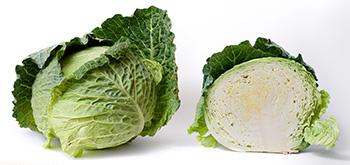
When choosing whether to make your cabbage juice fermented or fresh, it will probably come down to taste. Some people just don’t enjoy the tartness when it’s fermented. For this reason, it’s fine to make it fresh and add other fruit and veg (I add carrot and apple) if you want to mask or dilute the flavor. You will still enjoy the health benefits that cabbages deliver, plus additional nutrients from whatever you choose to add. However, fermented cabbage juice is loaded full of probiotics and promotes healthy gut flora (as do all probiotics).
Potential Side Effects Of Cabbage Juice
While cabbage has many medicinal benefits, there are certain groups of people who should avoid it. The first group is people taking blood-thinning medications, due to the Vitamin K content in cabbage. If you have hypothyroidism or an underactive thyroid gland, it should also be avoided or limited.
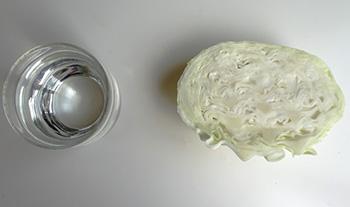
Other potential side effects that can occur from eating cabbage or drinking its juice include flatulence and diarrhea.
Unless you are experiencing a lot of physical discomfort, many experts say that experiencing flatulence is perfectly normal when we consume certain foods and may even be necessary and beneficial by reducing the volume of air.
As with all foods, moderation is key and I’ll talk about quantity shortly.
How To Make Cabbage Juice: 2 Ways
As I mentioned, I’m going to show you two different ways to make cabbage juice. The first is using just cabbage and water (fermented juice) and the second is fresh cabbage juice with apple and carrot.
1. How To Make Fermented Cabbage Juice
Each glass will contain approximately 45 calories but will help you feel full so can be useful for weight management on top of the nutritional value it brings. The great thing about this recipe is you can make large batches if you plan on drinking it every day and always have some on the go. Whereas, fresh juice is best to make at the time of drinking.
Ingredients
- 10 oz white cabbage (285 grams)
- 1 cup of filtered water
Utensils
- Blender
- Glass/mason jar + lid (airlock lid if you have one)
- Fine mesh strainer
- Knife
- Cutting board
- Kitchen scales
- Container
Method
- Peel off the top couple of layers of leaves from the cabbage and discard those. Wash the rest of the cabbage well under running water.
- Chop your cabbage into small chunks so it makes it easier to blend and place these in your blender.

- Add 1 cup of filtered water.

- Blend until you have just a few small pieces of cabbage leaves floating around.
- Pour the mixture into your jar and top up with an extra splash or two of water so it just covers the cabbage. Close your lid and store it in a dark place at room temperature for 3 days. If it’s cold where you are you may need to leave it for up to 5 days for maximum benefit. If you’re not using an airlock lid, slightly undo your lid once a day without removing it then seal it tight again. This is to “burp” the mixture so too much pressure doesn’t build up.

- When it’s finished fermenting, strain the mixture through a fine-mesh strainer into a container and you can drink a glass straight away. Store the rest in an airtight container in the fridge.

You can reserve the pulp and use this in food dishes as a condiment. It will last up to 1 week in the fridge.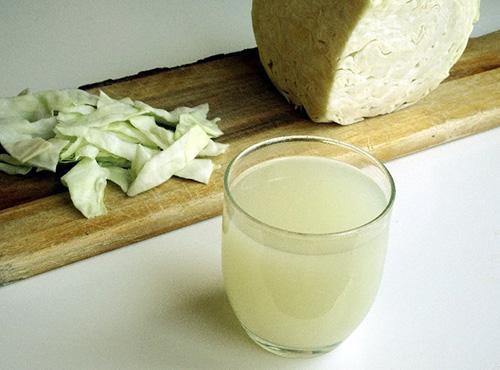
How To Drink It
You can drink up to 1 glass per day. If you are drinking this as a remedy for ulcers, pour half a glass of cabbage juice into a glass in the morning and evening and top it up with filtered water and drink it. Drink it for up to three weeks or until your ulcer has healed.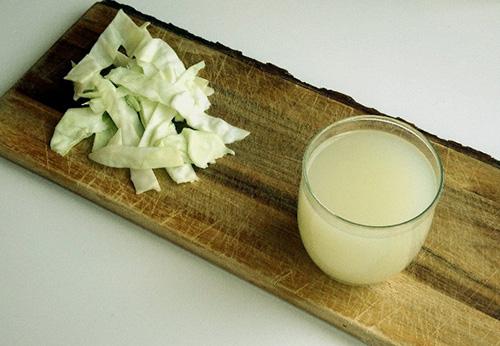
2. How To Make Fresh Cabbage Juice
Each serving (using the portions below) will have approximately 212 calories. Since it is a fresh juice, you want to drink this as soon as possible after making it. Like I mentioned earlier, I used apple and carrot which work very well and add a lovely flavor, but you could choose to add just one of these or make the juice with just cabbage and water.
Ingredients
- 10 oz white cabbage (285 grams)
- 1 apple
- 1 carrot
- 1-2 cups of filtered water
Method
- Peel off the top couple of layers of leaves from the cabbage and discard those. Wash the rest of the cabbage well under running water.
- Chop your cabbage into small chunks so it makes it easier to blend and place these in your blender (or juicer).

- Wash your apple then chop it up into small chunks then add them to the blender (or juicer).

- Wash your carrot and chop it finely and add this to the blender too (or juicer).

- Add 1 cup of water and start blending at a low speed. Once the cabbage has started mixing down, change the speed to high. You may need to add more water depending on how powerful your blender is to get a smoother result. If you’re using a juicer, you don’t need to add water.

- If you’re using a blender, strain your mixture through a fine-mesh strainer and catch it in a container. You may need to press it down to squeeze all of the juice out. Your juice is ready to drink.

How To Drink It
Feel free to add some ice to chill it for a refreshing drink. The recipe calls for 10 oz (285 grams) of white cabbage and you can drink this quantity up to one time per day. You can add as much water as you like to get the consistency you like. If you are drinking it to heal an ulcer, split the quantity in half and drink half in the morning and make the other half in the evening. Drink it for up to three weeks or until your ulcer has healed.
Adding cabbage to your diet is often easier by taking it as a juice because you can consume more. A little bit goes a long way with this vegetable and you will be enjoying its health benefits in no time.
You may also like:
 What Happens If You Eat Cabbage Every Day?
What Happens If You Eat Cabbage Every Day?
Erratic Blood Sugar? Never Eat This Veggie (Video)
How to Make a Healing Salve with Cabbage and Aloe Vera
DIY Colon Detox with Ingredients You Have in Your Kitchen Right Now

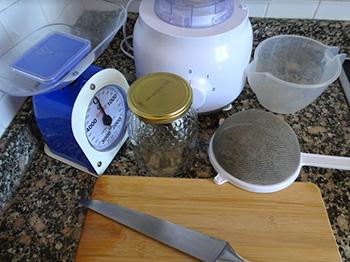
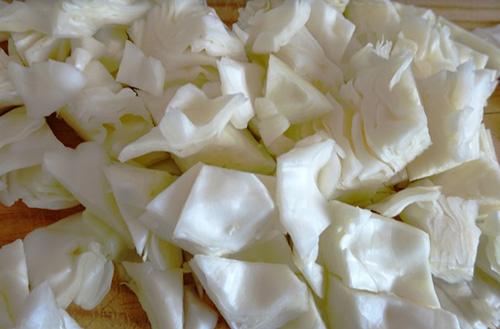
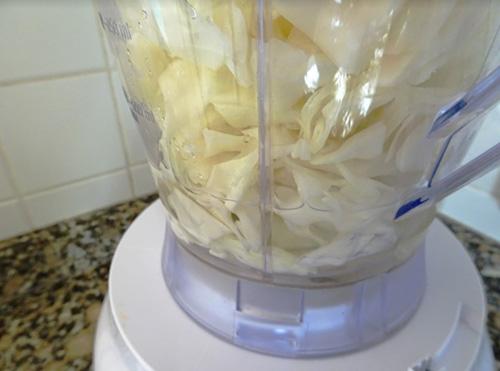
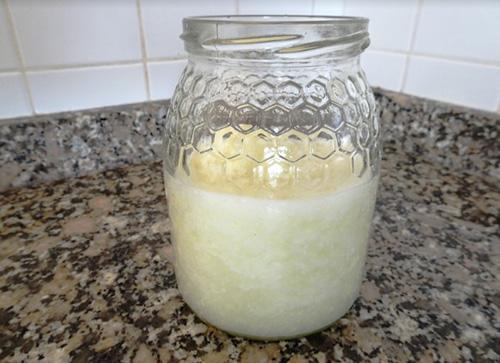
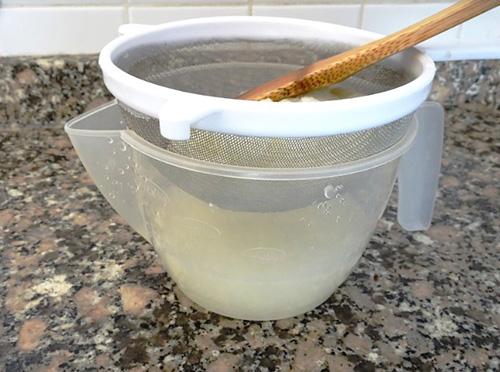
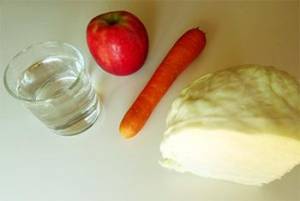
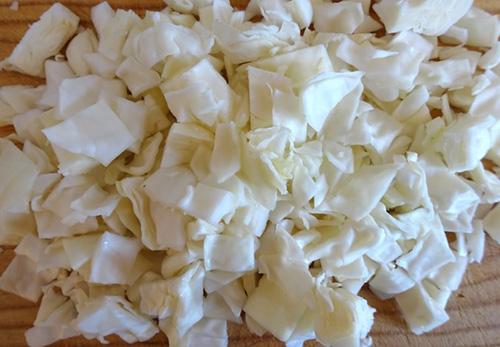
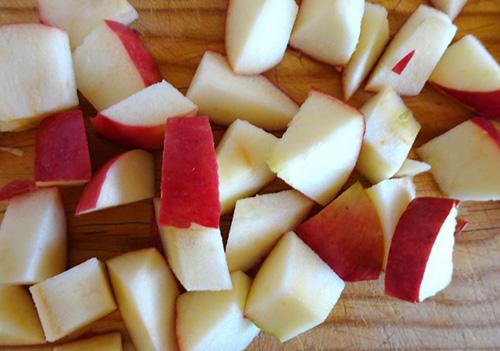
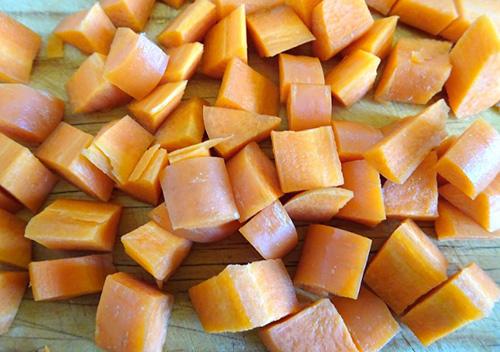
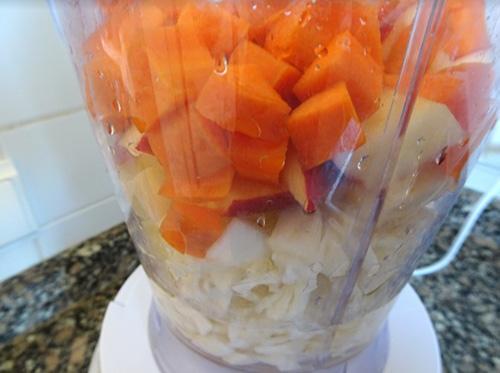
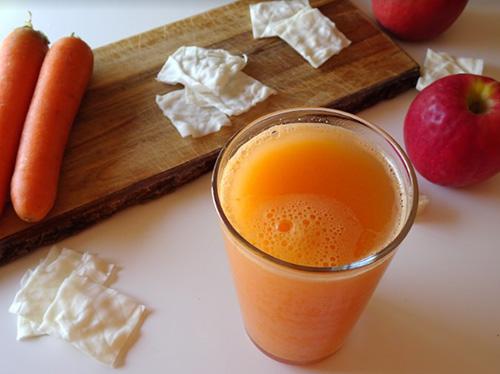
Do they sell cabbage juice in stores that are ready to drink
Love Your Toys and Tricks. I just started my journey it Natural Remedies… still have to work on pain relief but doing good so far..
“If you have hypothyroidism or an underactive thyroid gland, it should also be avoided or limited”. Can you tell my why? Your article just said to avoid or limit – but doesn’t say why? Thank you.
I too would like to know why??? Can someone please explain?
I have the same question, please tell us why?
Hi,
Cabbage contains goitrogens which interfere with iodine transport to the thyroid and how the thyroid utilizes iodine, essential for normal thyroid function. Goitrogen levels are even higher in raw cabbage so consuming cabbage juice, especially regularly, could be harmful to people with these conditions.
Many blessings and good health!
There is an enzyme that lowers thyroid activity just as with lemon balm and other herbs you may want to research for avoiding with hypothyroidism.
I am looking for the recipe for cabbage and garlic. I thing it cab be a salve or tincture. It cab be applied to arthritic joints. Please help. Thank you.
I paid for 2 online books awhile back but do not know how to find them. Could you help me out there?
Hi Pat,
Thank you for your interest in our work.
Please check your personal email. I sent you an email with the download links.
Many blessings and good health!